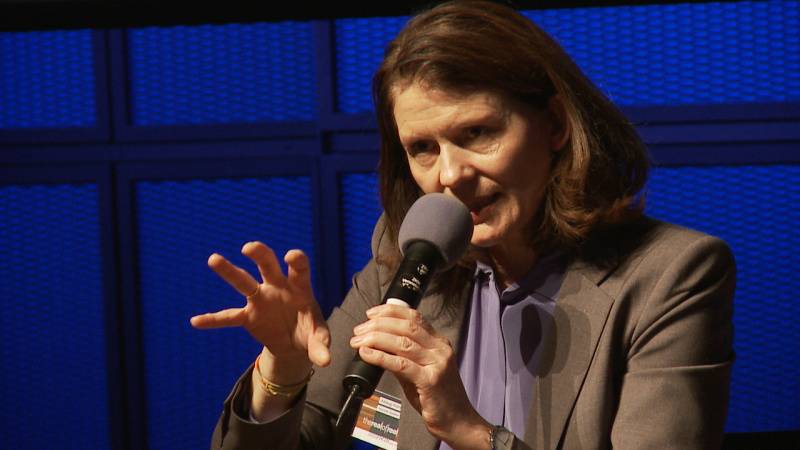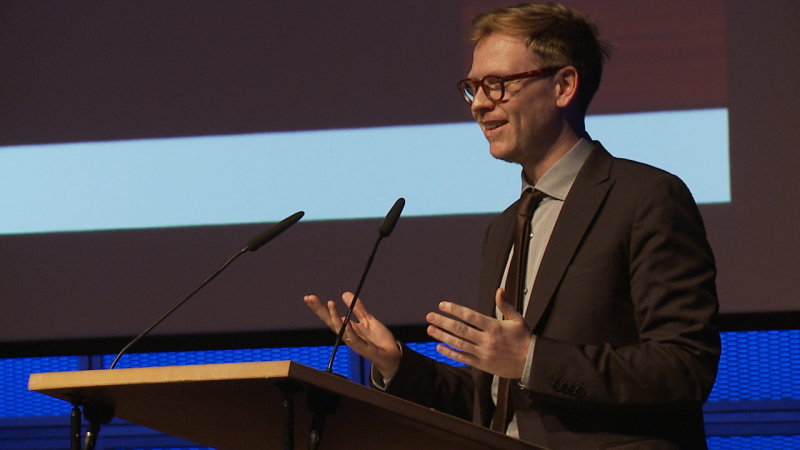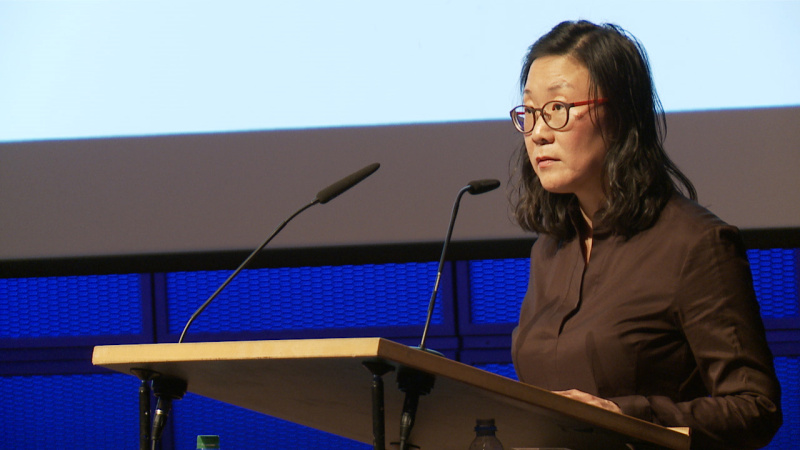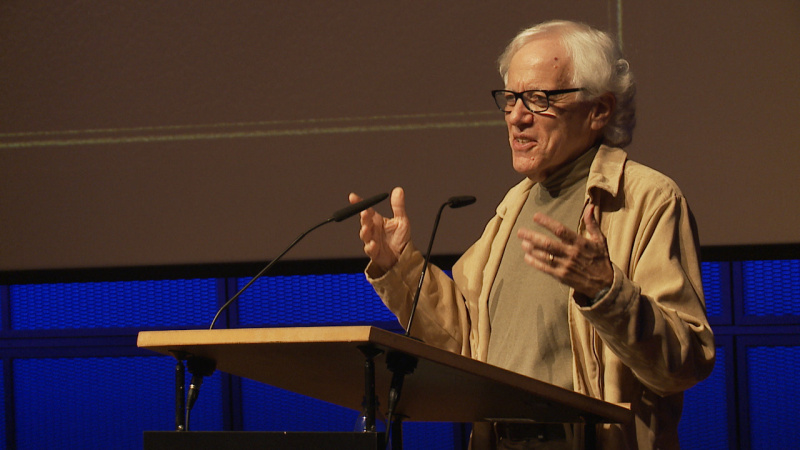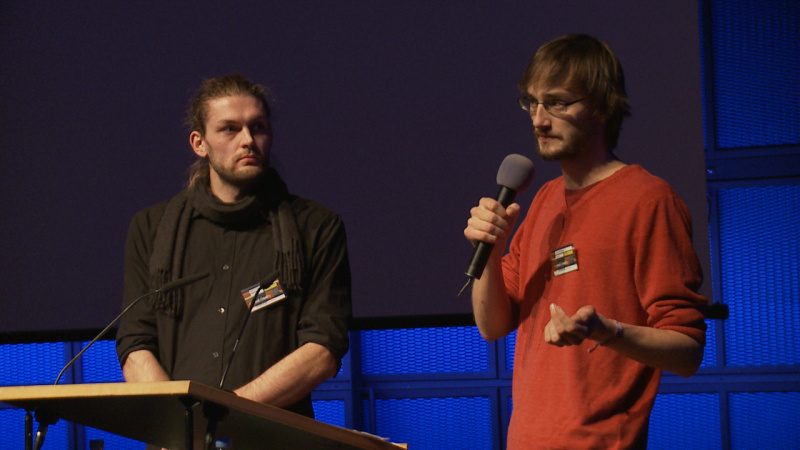Das Reale der Realität: Knut Erik Jensen
»Stella Polaris«
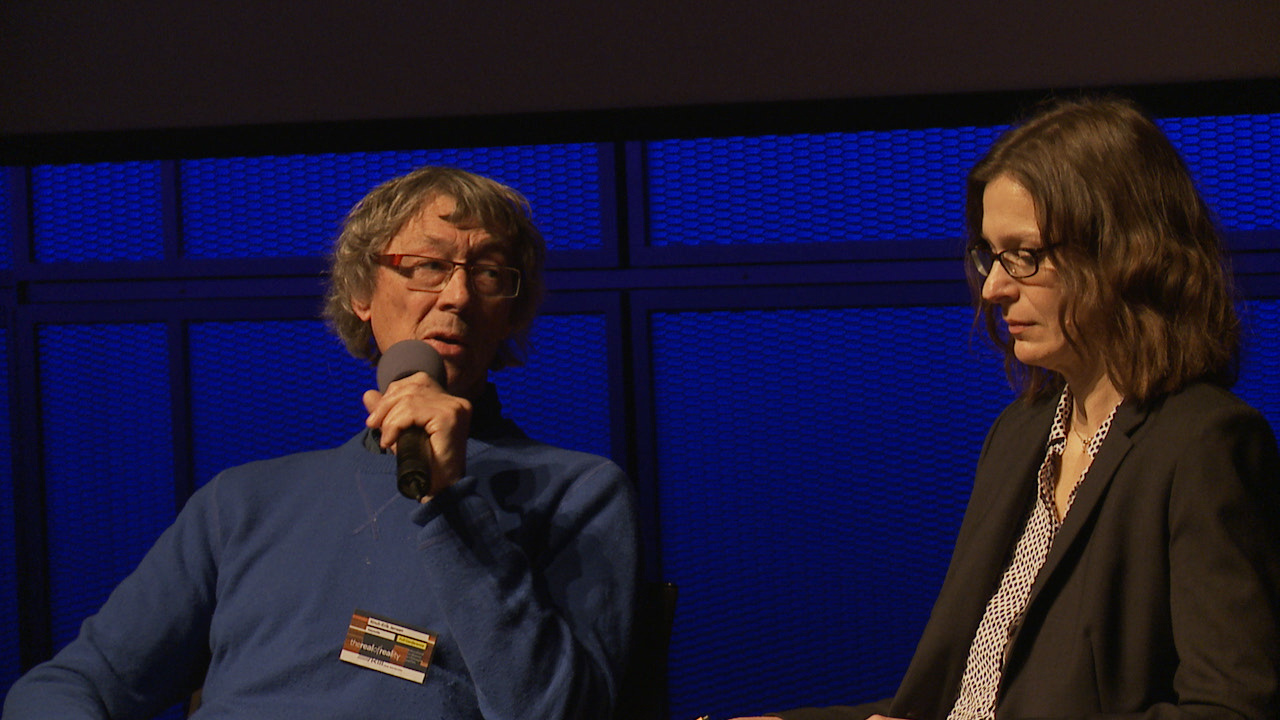
- Datum
- -
- Dauer
- 59:10
Beschreibung
Following a long series of documentary movies, “Stella Polaris” was Knut Erik Jensen’s first feature film, yet it transcends pre-existing genres. It can probably be best described as a poetic constellation of memory fragments pertaining to life in a northern Norwegian fishing village over a period of 50 years. It provides a new perspective on Norway’s northernmost county, Finnmark, its inhabitants, and recent history, setting it as a liminal location, referring to Homi Bhabha’s notion of third space. Such a concept of liminality includes a focus on the “other” and thereby allows us to catch sight of various forms of “othering” that prove constitutive of not only official Norwegian cold war discourse and identities, but indeed of any war discourse. The camera follows a young woman, the narrative’s main protagonist, who walks barefoot through the relicts of a northern Norwegian coastal fishing village. She appears like a ghostly apparition, rather than a realistic character in a historical reenactment. This way, “Stella Polaris” questions, challenges, and potentially subverts borders and barriers in political, historical, and aesthetic registers. Jensen develops a peculiar aesthetic that puts high value on transitions between shots and that actively juxtaposes the visual with the audible. His spectator does not enter the cinema to relax or forget, but to engage what he refers to as “audio-visual riddles.” This peculiar aesthetic values an in-between and can therefore be termed as a “liminal aesthetic.”
(This text is based on Holger Plötzsch’s review of the film entitled “Aspects of Liminality in Knut Erik Jensen’s ‘Stella Polaris’”, 2012)
Videodokumentation:
ZKM | Institut für Bildmedien
Kamera: Peter Müller
Schnitt: Frenz Jordt
Liveschnitt: Moritz Büchner


